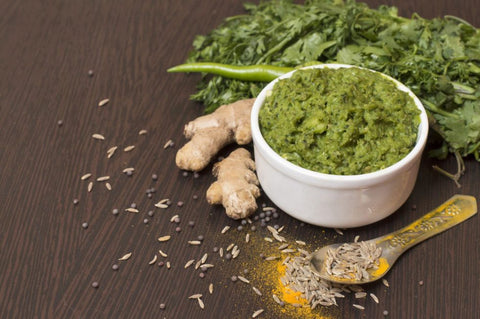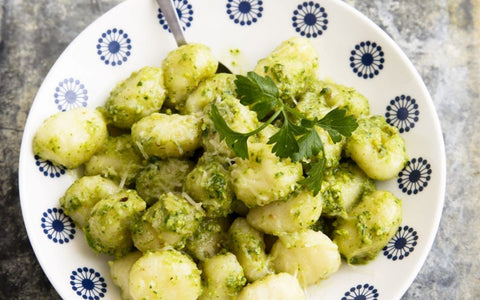To wrap up our monthly blog series on growing your own vegetables at home, we’re covering the third and final plant in our new Mini Fruit & Veggie Kit – peppers! So it’s time to crank some RHCP and get ready for your sweetest pepper harvest yet!
Prep the Pepper Site
Starting your peppers indoors from seeds is fairly simple and can be done at any time of year. Growing any type of fruit or vegetable indoors gives you greater control over your growing environment and provides an extended growing season. To begin, place two pepper seeds in each pot near its center, and push the pepper seeds just below the surface of the soil. Keep soil moist but not wet, and keep pots in a spot where they will get sunlight throughout the day. Peppers prefer a sunny, well-water-drained environment where other peppers haven’t grown recently. The soil should be rich, moist, and fertile. Consider adding some compost to your soil to help achieve this state.
Harden off the Pepper Seedlings
This means exposing the seedlings to outdoor conditions, which helps the seedlings adjust and grow into bigger, more productive peppers.
When to Plant Peppers
Plant during warmer temperatures, as peppers respond to the warmth. (Seasons, where temperatures are at a consistent 60 degrees at night are ideal. Peppers need plenty of light, so you can add warming lights or artificial lights if you need to. Especially if the season might have some cold nights. Be sure to check your soil temperatures.). Pepper seeds need space! Plant the seeds 12-20 inches apart and set them at about an inch deeper than they were in their containers. (Like tomatoes, peppers grow extra roots from the buried portion of the stem.)

How to Water Peppers
Make sure your peppers receive at least an inch of water a week. Perhaps set a reminder on your phone, or write it on your calendar so you don’t forget. Check the peppers often during seasons of extreme heat or drought.
Pinch off Pepper Flowers
Pinching off early blossoms that appear on your plants will help them direct their energy into their growth. By the way, if you see leaves dropping from pepper plants, it might be a sign of pest or disease issues.
Time to Harvest Your Peppers
To harvest the peppers, cut them off with hand pruners or a sharp knife. Pulling them off by hand can damage the plant. You can harvest them at their immature green or purple stage, but waiting until the full color comes in will make for a sweeter pepper. If harvesting in the winter, peppers will provide the perfect sweet and spicy flavors for a warming Mexican dish, or spicy Asian flavoring. Stick them in a stir fry, cook up some quinoa and make stuffed peppers, or cut them up and eat them raw in your salad! Be careful – the seeds can be spicy! Some of our favorite pepper dishes are pepper jam, stuffed peppers and green chilli paste (a hand one for your stir fries and curries)
Curious about what other Mini Fruit & Veg you can grow at home? Be sure to check out our guides for tomatoes and strawberries!
In case you were wondering, the cultivar of pepper we include in our Mini Fruit & Vegetable Kit is called ‘Sweet Heat’. They can grow up to about 4″ long and have a mild spice.











There are no comments for this article. Be the first one to leave a message!